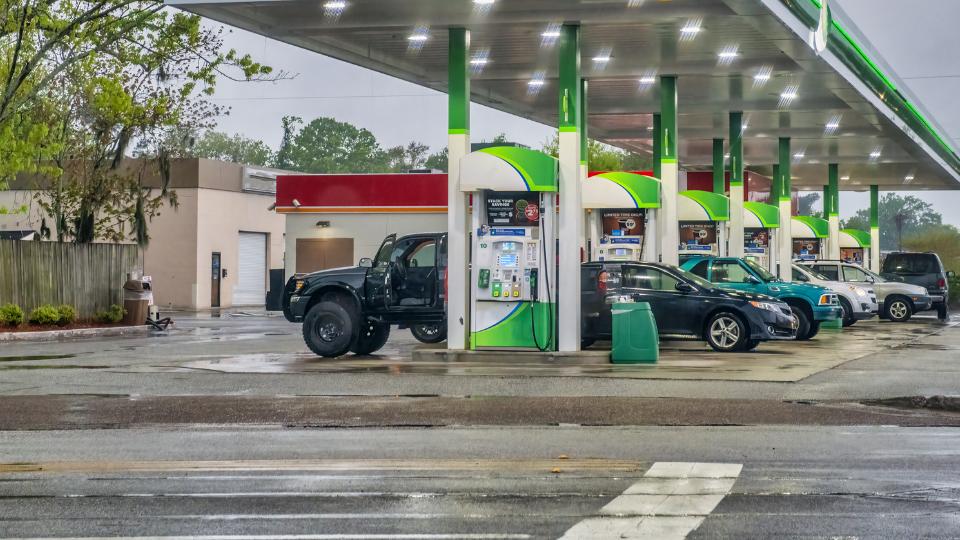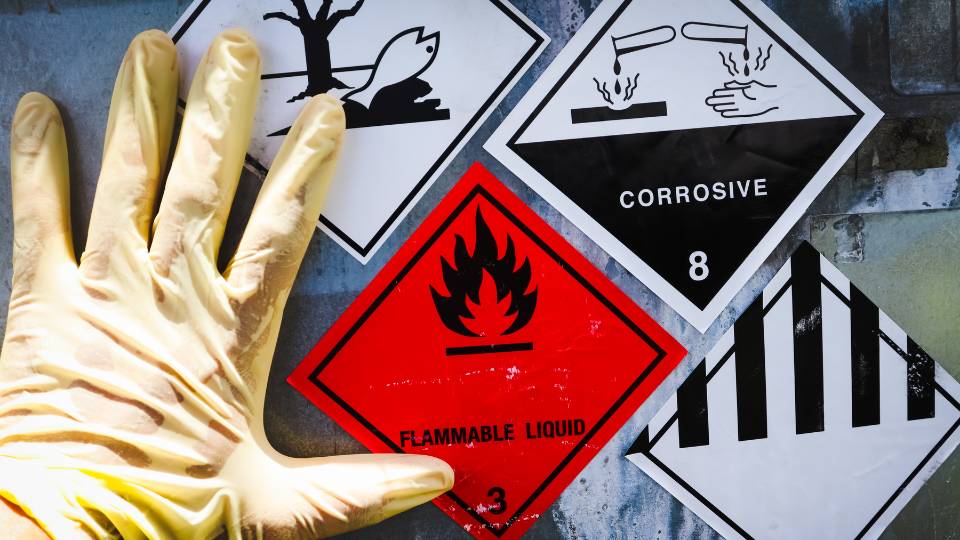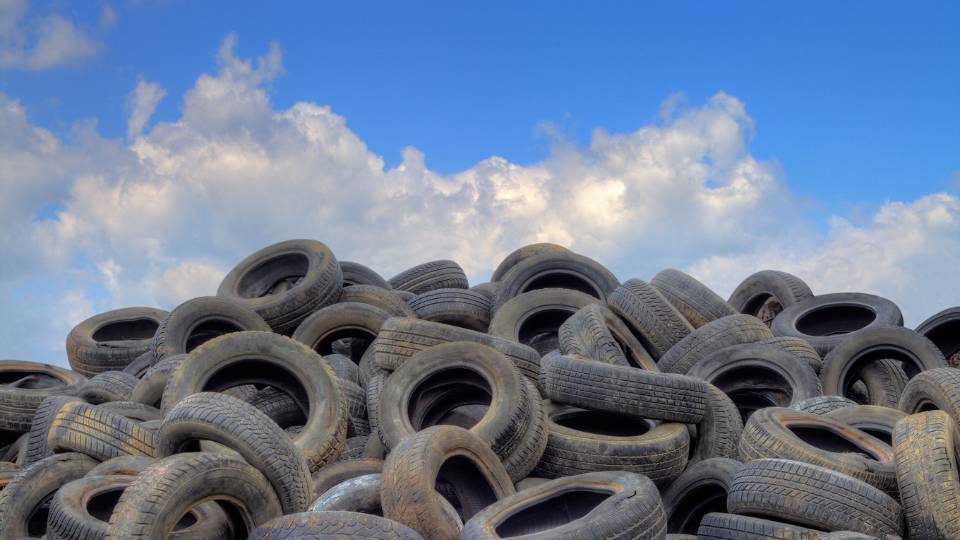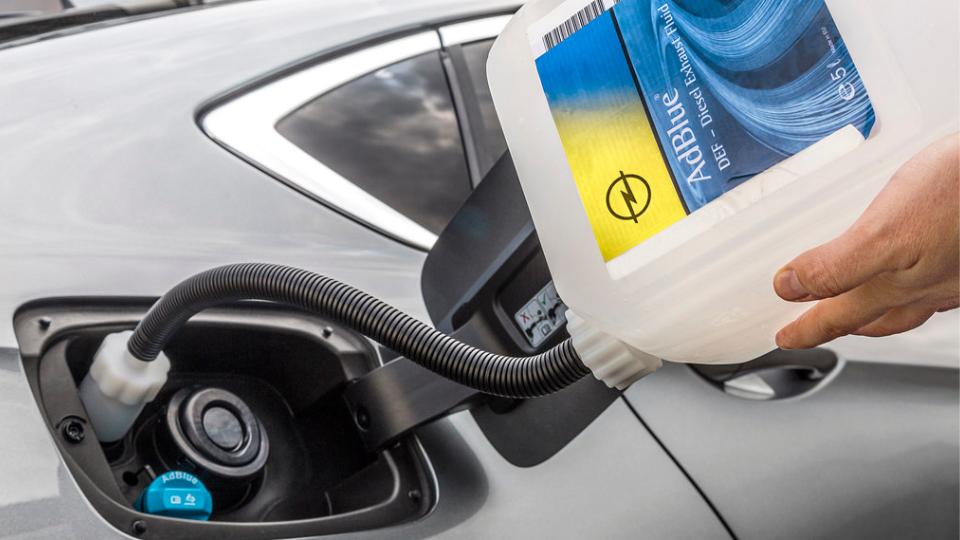
AdBlue is a crucial component in modern diesel vehicles equipped with selective catalytic reduction (SCR) technology.
It aids in reducing harmful nitrogen oxide (NOx) emissions, a significant contributor to air pollution.
AdBlue is a clear, non-toxic liquid that consists of deionised water and urea, a compound derived from ammonia.
This composition is vital for the proper functioning of the SCR system in vehicles.
Can AdBlue be Poured Down the Drain?
However, despite its relatively benign components, pouring AdBlue down the drain or any other water source is highly discouraged and, in many jurisdictions, illegal.
The reason for this prohibition lies in the potential environmental and health hazards associated with the inappropriate disposal of AdBlue.
When AdBlue is poured down the drain, it enters the water system, which can have detrimental effects.
Urea, the primary component of AdBlue, can be broken down into ammonia in the presence of certain bacteria.
Ammonia is harmful to aquatic life and can lead to water pollution. In addition, the pH of AdBlue is quite alkaline, and introducing it directly into water sources can disrupt the natural pH levels, further harming aquatic ecosystems.
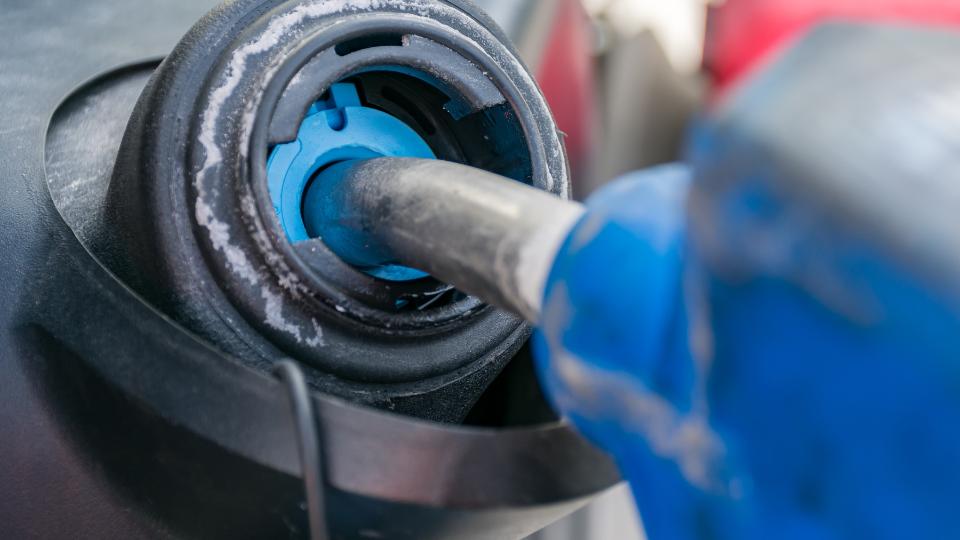
Water contamination
Contaminating water bodies with AdBlue can have far-reaching consequences. Ammonia can cause excessive growth of algae, leading to algal blooms.
These blooms consume oxygen in the water during decomposition, resulting in the depletion of oxygen levels necessary for other aquatic organisms.
This process, known as eutrophication, has dire consequences for fish and other aquatic fauna, potentially causing mass mortality and disrupting the entire aquatic food chain.
Soil contamination
Moreover, AdBlue can seep into the soil if poured onto the ground. Soil contamination can have lasting effects on plant life and may eventually reach groundwater, posing a risk to both surface and subsurface water sources.
In essence, improper disposal of AdBlue can lead to a cascade of environmental problems, affecting the delicate balance of ecosystems.
To prevent such environmental damage, it’s essential to dispose of AdBlue responsibly.
Treatment facililities
Many countries and regions have designated facilities and programmes for the proper disposal of AdBlue and other automotive fluids.
These facilities ensure that AdBlue is treated appropriately, minimising its potential harm to the environment.
So while AdBlue is an essential and relatively benign substance when used correctly, its improper disposal can have severe consequences for the environment.
Pouring AdBlue down the drain or onto the ground should be avoided at all costs to protect our water sources, aquatic life, and ecosystems.
Responsible disposal through authorised channels is not only legally required in many places but also a fundamental step in preserving our environment for future generations.
Where Can I Dispose of AdBlue?
Proper disposal of AdBlue is crucial to mitigate environmental harm.
There are designated facilities and programmes that ensure responsible handling of AdBlue, reducing its impact on the environment.
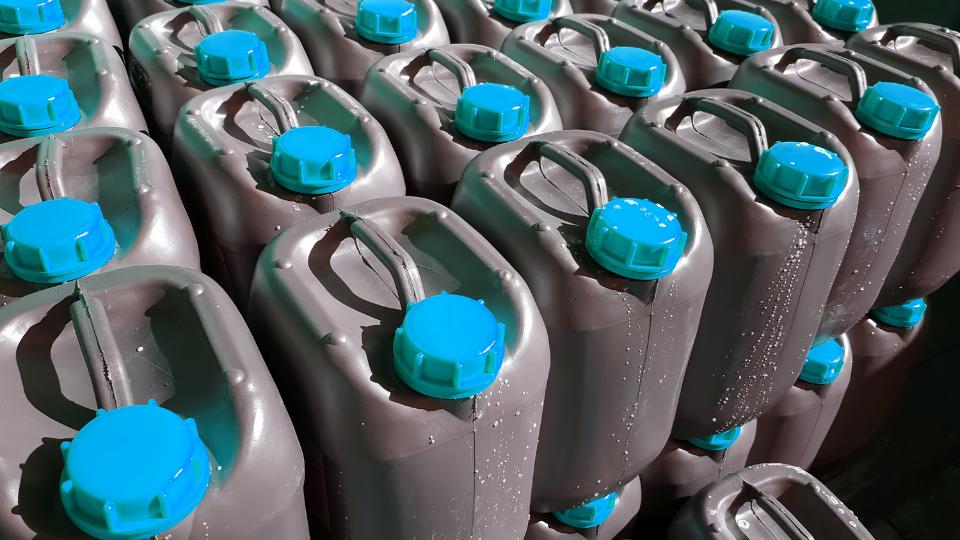
Here are options for disposing of AdBlue:
1. Local Hazardous Waste Disposal Facilities:
- Description: Local authorities often have designated hazardous waste disposal facilities.
- Process: These facilities can handle AdBlue and other hazardous materials appropriately.
- Contact: Reach out to your local waste management department for information on nearby facilities.
2. Automotive Service Stations:
- Description: Many service stations participate in environmental initiatives and offer collection points for automotive fluids.
- Process: They ensure AdBlue is disposed of or recycled following relevant regulations.
- Contact: Inquire at your local service stations for their AdBlue disposal options.
3. Collection Services:
- Description: Some municipalities offer specific collection services for hazardous fluids, including AdBlue.
- Process: AdBlue is collected and managed through established protocols for hazardous waste.
- Contact: Check with your local municipal waste management department for details on collection services.
4. Contact Environmental Agencies:
- Description: Environmental agencies can provide guidance on proper AdBlue disposal methods.
- Process: They can direct you to approved disposal points and offer advice on responsible handling.
- Contact: Reach out to your regional or national environmental agency for disposal information.
It’s essential to choose the most convenient and compliant option for AdBlue disposal, ensuring it is managed responsibly and in line with local environmental regulations.
Always confirm the specifics of the disposal process with the respective facility or service before proceeding.
Can AdBlue be Recycled?
Recycling Process
Collection:
Used or leftover AdBlue is collected from various sources, including automotive service stations, recycling centres, or designated collection points.
Testing and Analysis:
The collected AdBlue undergoes testing to determine its quality and composition.
Analysis ensures that the AdBlue is within acceptable quality parameters for recycling.
Purification and Filtration:
AdBlue may contain impurities or contaminants, which need to be removed.
The solution is purified through filtration processes to eliminate unwanted particles and ensure the purity of urea.
Decomposition of Urea:
Urea is the main component of AdBlue. Through controlled heating and other chemical processes, urea is broken down into its base components, namely ammonia and carbon dioxide.
Ammonia Recovery:
The separated ammonia is collected and can be used as a raw material in the production of new AdBlue. This reduces the reliance on extracting new resources.
Synthesis of New AdBlue:
The recovered ammonia is combined with carbon dioxide and deionised water to synthesise new AdBlue.
The formulation follows the original composition standards, ensuring high-quality AdBlue for reuse.
Quality Testing:
The recycled AdBlue undergoes rigorous testing to meet industry standards and regulations, confirming its effectiveness in reducing NOx emissions.
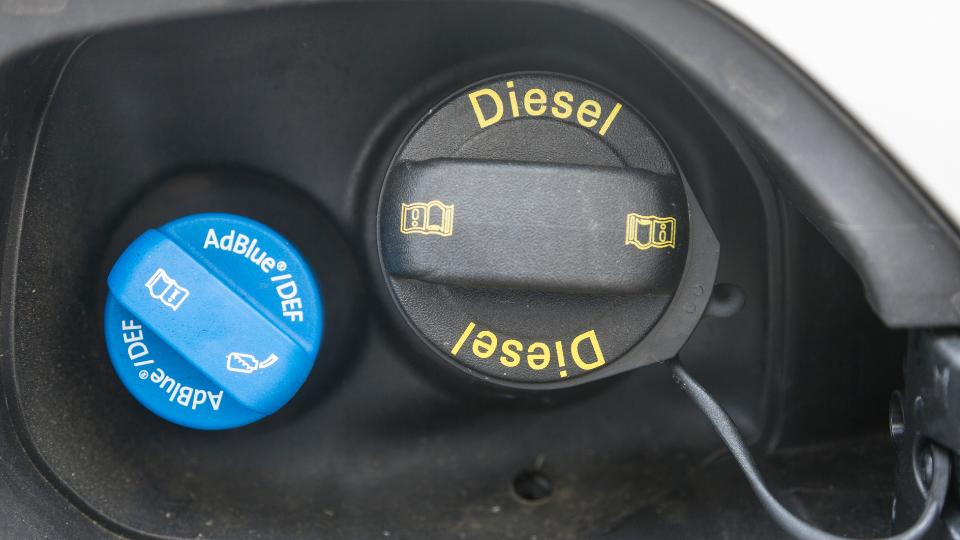
Benefits of AdBlue Recycling
- Environmental Sustainability: Recycling AdBlue helps reduce the need for producing entirely new AdBlue, decreasing the demand for raw materials and energy.
- Resource Conservation: Recovering ammonia from used AdBlue reduces the reliance on extracting new resources, contributing to resource efficiency.
- Economic Efficiency: Recycling AdBlue can potentially reduce production costs associated with manufacturing new AdBlue from scratch.
Recycling AdBlue is a sustainable practice that aligns with environmental objectives by reducing waste and conserving resources.
It’s important to support and encourage the proper recycling of AdBlue to ensure a more sustainable future for the automotive industry and beyond.
What can I do with used AdBlue containers?
By reusing, recycling, or responsibly disposing of AdBlue containers, you contribute to waste reduction and environmental sustainability.
Check with relevant local authorities and waste management services to determine the best approach for managing these containers in an eco-friendly manner.
1. Reuse and Repurpose:
Consider reusing AdBlue containers for various purposes to reduce waste.
Clean and repurpose them for storing liquids, organising small items, or even for gardening purposes.
2. Recycle:
Many AdBlue containers are made of recyclable materials such as high-density polyethylene (HDPE). Check with your local recycling facilities if they accept AdBlue containers for recycling. Ensure containers are rinsed and cleaned before recycling.
3. Contact Waste Management Services:
Many waste management providers have specialised processes for recycling these containers in an environmentally friendly manner.
4. Participate in Recycling Initiatives:
Engage with local recycling initiatives or collection drives that accept AdBlue containers.
They often organise specific collection days or events for recycling various types of containers, including those used for automotive fluids.
5. Consult with Recycling Centres:
Contact nearby recycling centres or depots to inquire if they accept AdBlue containers.
They can provide details on the appropriate method to prepare and deliver the containers for recycling.
6. Check Manufacturer Guidelines:
Refer to the manufacturer’s guidelines on the AdBlue container for recommendations on how to responsibly dispose of or recycle the container.
Manufacturers often provide instructions for environmentally conscious disposal.
7. Donate or Share with Others:
If the AdBlue container is in good condition, consider donating it to others in need.
Sharing with fellow vehicle owners or offering them to community organisations can extend the container’s lifespan.
8. Educate Others:
Spread awareness about responsible disposal of AdBlue containers among your peers and community.
Encourage them to adopt environmentally friendly practices and recycle these containers appropriately.
Conclusion
Responsible management of AdBlue containers is essential for a sustainable environment.
Reusing and repurposing containers reduces waste while recycling them conserves resources.
Engaging with waste management services and participating in recycling initiatives supports eco-friendly practices.
Educating and donating containers further promotes sustainability within communities.
By prioritising environmentally conscious methods, we contribute to a cleaner, greener future.

